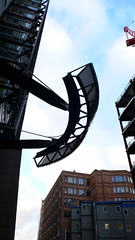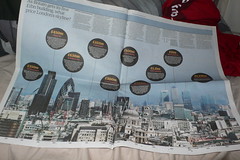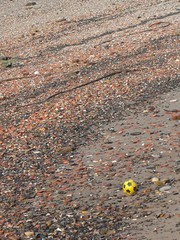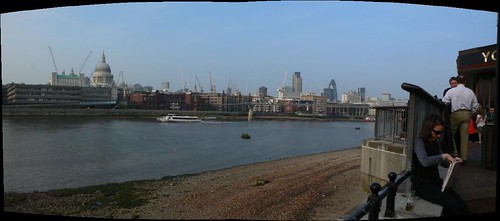Using Google News I recently subscribed to be sent updates about articles containing Walkie Talkie London so that I might be the third to know the outcome of the planning inquiry for 20 Fenchurch Street. No news yet, but what is interesting is that 'Walkie Talkie' has become a byword for all argument about London architecture, in much the same way that Bin Laden is a byword for bearded terrorists, and Brian Blessed performs the same function for all other bearded people.
A particularly vituperative and entertaining read picked out of the inter-ether by its mentioning Walkie Talkie is this Guardian interview with new English Heritage Chief Simon Thurley, evocatively titled 'Egos "a threat to skylines"'. It's very short, so I recommend reading it in full, but here are a few choice nibbles.
'We have been treading a very difficult path over the past five years, trying to balance the absolute necessity to protect and preserve and conserve with...
... with the need to have a living city which provides employment for its citizens?
... with the absolute necessity to convince people that that activity is not holding the country back in some way,' he says.
Oh. So, you're more talking about the internal distribution of funds between activism and PR. What a broad perspective this new guy at English Heritage has.
'It is an expression of a small number of individuals' extraordinary ambition and desire to create a monument to themselves,' he argues,
I think not. The architects in question are generally chosen by the developers who commission the buildings as they are already world renowned, with plenty of other 'monuments to themselves' dotted around the globe. It's far more to do with London firms, and increasingly government, wanting the city to appear modern and world-class. A nebulous aim if ever there was one, but reducing it to individual egos is hardly the right outlook.
he does go on to admit that these forces were also at work when Salisbury Cathedral or St Pancras station went up. The situation in the 21st century is more hazardous though, he believes.
He is indeed a skilled rhetorician, using the immensely sophisticated 'but that was different' argument.
Do we want London to be defined by a massive residential tower belonging to a foreign national who has bought it as an investment? Is that how we want London to be defined? My answer to that is no.'
a) Lots of people live in London. Why
shouldn't its most significant building be residential? Buckingham Palace is residential. Should we put a big police banner across it saying 'Move along. Nothing to see here'. OK, so Buckingham palace is inhabited by
important people, but why limit grand residential buildings to just them?
b) Mmm. Foreign nationals are pretty bad aren't they, and should have no involvement in the construction of city landmarks. Take Monsieur Eiffel for instance - completely ruined the New York skyline with
that big statue. And good architecture is often the result of cross-polination of differenrt architectural heritages. St Paul's - with it's strong Italian look -is a classic example.
c) Wake up Mr. Thurley, and stop being so naive. Most buildings are bought as investments, and this is no criteria for judging the worthiness of constructing them.
d) No single building - no matter how big - can define a city. As head of English Heritage he really should have more confidence in the iconic status of many of the capital's existing buildings.
Thurley hopes the work of English Heritage can 'finally slay the dragon of the so-called 'dead hand' of conservation. Conservation is not a dead hand. It is a living hand. It is not about the past, it is about the future,' he said.
And you, sir, are a buffoon!
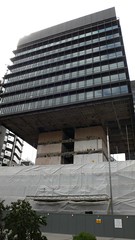 'Y'see that there?'
'Y'see that there?'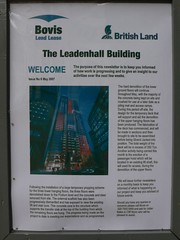 'Yes it would. But the trouble with the present state of affairs, of course, is that it leaves the transfer slab at the top of the building from which the remaining floors are hung. If you ask me, them folk who'll be demolishing the remainder of this building to make way for the Leadenhall Building, aka The Cheesegrater, will have to come up with a design for the temporary deck that will support and aid the demolition of the upper hanging floors post haste!'
'Yes it would. But the trouble with the present state of affairs, of course, is that it leaves the transfer slab at the top of the building from which the remaining floors are hung. If you ask me, them folk who'll be demolishing the remainder of this building to make way for the Leadenhall Building, aka The Cheesegrater, will have to come up with a design for the temporary deck that will support and aid the demolition of the upper hanging floors post haste!'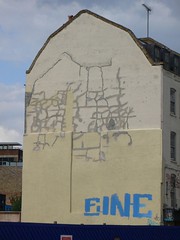
 This is money (financial website of the year!) has a more gloomy take, opening with the headline
This is money (financial website of the year!) has a more gloomy take, opening with the headline 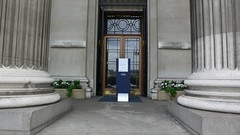
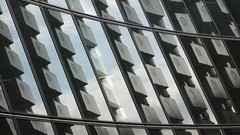
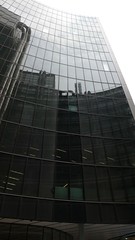
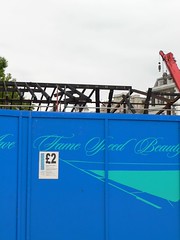

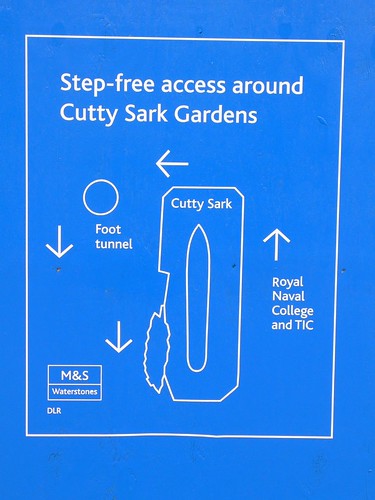
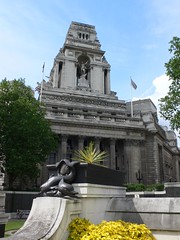
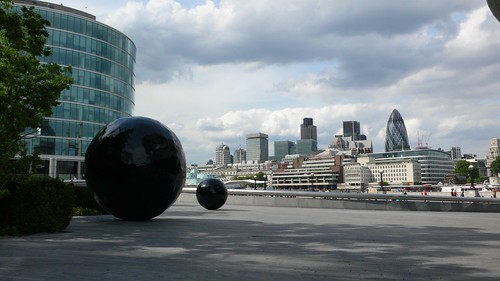
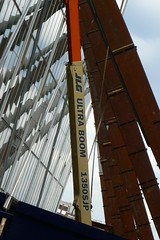
 '
'
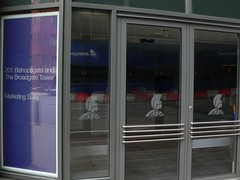
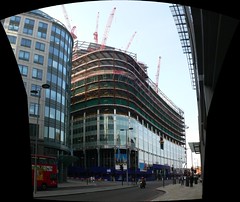
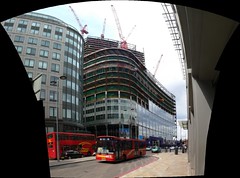
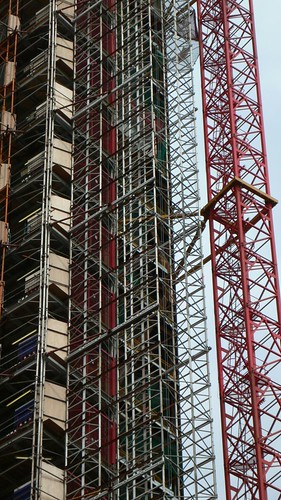
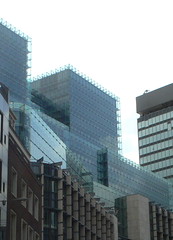


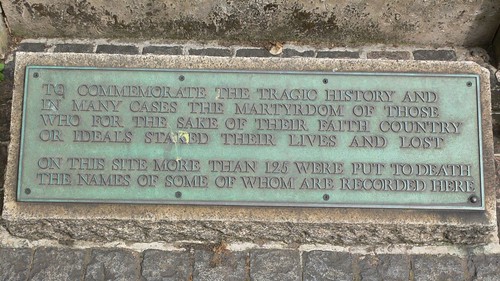
 Combisafe - who provide safety netting for Broadgate Tower - are proud to announce that they have just exhibited at '
Combisafe - who provide safety netting for Broadgate Tower - are proud to announce that they have just exhibited at '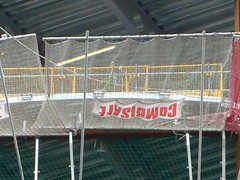
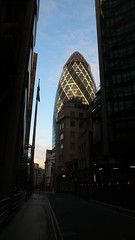
 When I was travelling in Australia I bought a battered country and western guitar in
When I was travelling in Australia I bought a battered country and western guitar in  Stephen, a politician (fittingly, he recently sat down for a
Stephen, a politician (fittingly, he recently sat down for a 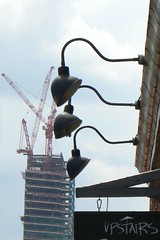

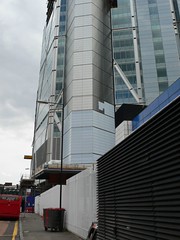
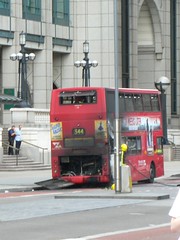




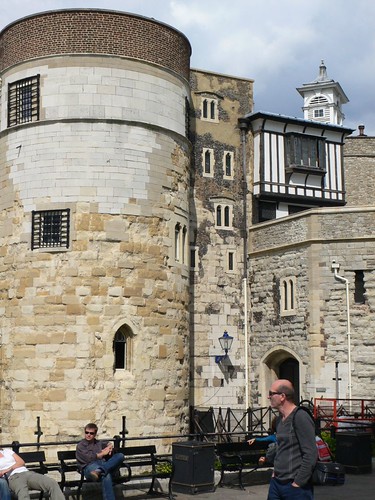
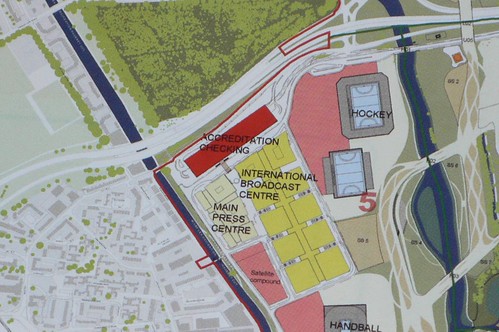

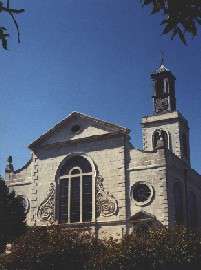 The Church of St Mary, Aldermanbury now resides in
The Church of St Mary, Aldermanbury now resides in  Another stolen church feature I came across in Perth, Australia a few years ago. The original bells from
Another stolen church feature I came across in Perth, Australia a few years ago. The original bells from 